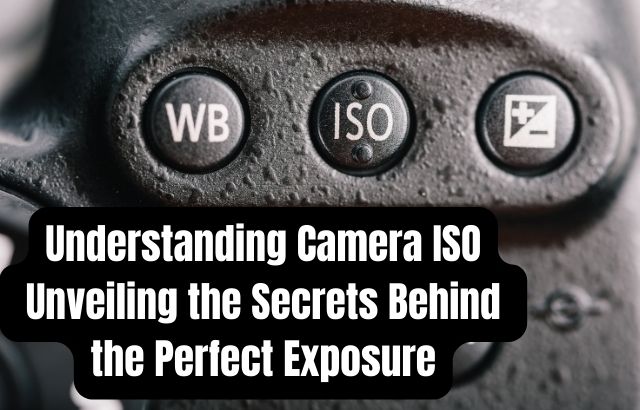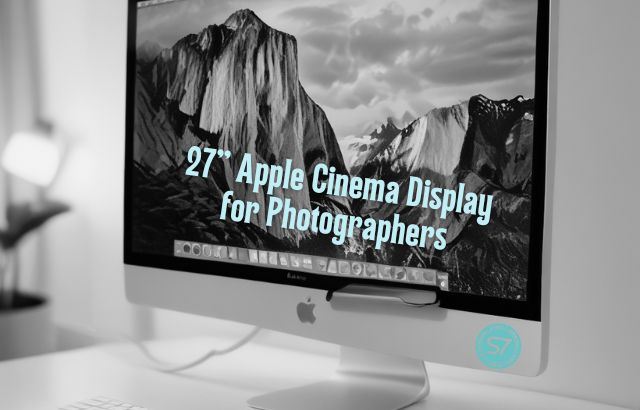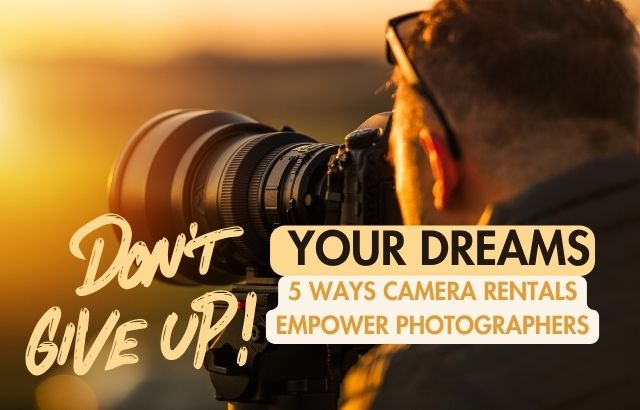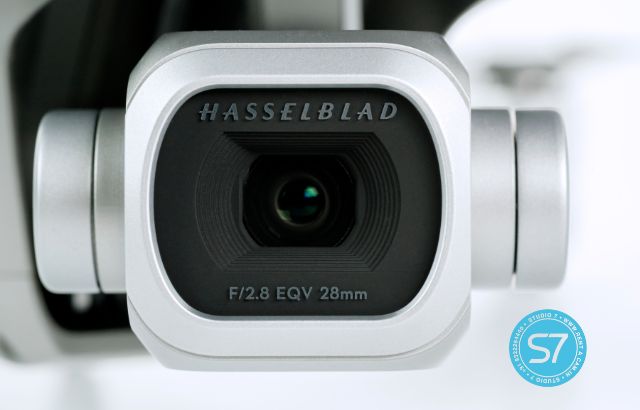Capturing breathtaking moments through photography requires a good understanding of various camera settings. One such setting that plays a vital role in determining the exposure of an image is the ISO. In this blog, we will explore the concept of ISO, its significance in achieving the desired exposure, and how it relates to camera rental services.
What is ISO?

ISO, short for International Organization for Standardization, refers to the sensitivity of a camera’s image sensor to light. It is one of the three pillars of exposure, along with aperture and shutter speed. The ISO value indicates how quickly the camera sensor will respond to the available light, affecting the brightness and overall quality of the image.
Importance of ISO in Exposure:
ISO plays a crucial role in balancing the exposure triangle. It enables photographers to adjust the sensitivity of their cameras according to the lighting conditions. Increasing the ISO value makes the camera sensor more sensitive to light, allowing for better exposure in low-light situations. Conversely, reducing the ISO value is ideal when shooting in bright conditions or when desiring a less grainy image.
Camera Rental and ISO Flexibility:
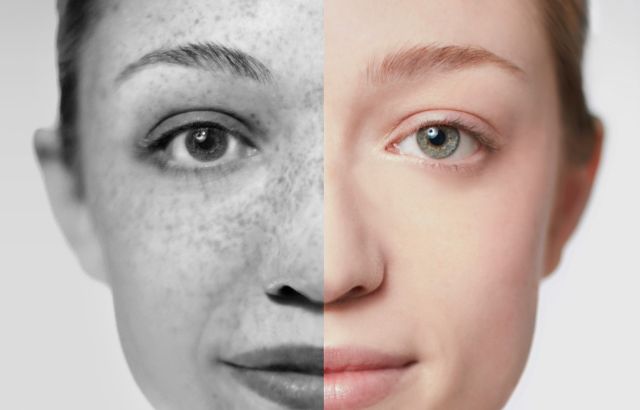
Camera rental services provide a valuable opportunity to experiment with different camera models and settings, including ISO. When renting a camera, it’s important to select a model that allows for a wide range of ISO settings. This flexibility gives photographers the freedom to adapt to various lighting conditions and capture high-quality images in a range of environments.
The Advantages of Higher ISO Settings:
Using higher ISO settings can be advantageous in situations where natural or ambient light is limited. For example, in indoor low-light scenarios or during nighttime photography, a higher ISO setting helps capture well-exposed images without having to rely heavily on artificial lighting or longer exposure times. This flexibility gives photographers an added advantage in challenging shooting conditions.
The Trade-Off: ISO and Image Quality:
While higher ISO settings can be beneficial in low-light situations, they come with a potential trade-off – increased noise or graininess in the image. However, with advancements in camera technology, modern cameras are equipped with better noise reduction algorithms, allowing for cleaner images even at higher ISO values. When considering camera rental, it’s important to choose a model with good noise reduction capabilities, ensuring optimal image quality even at elevated ISO settings.
Finding the Perfect ISO Setting:
Achieving the perfect ISO setting depends on several factors, such as available light, desired image quality, and the specific camera being used. It is a process of trial and error, experimenting with different ISO values to achieve the desired exposure without sacrificing image quality. Camera rental services provide an opportunity to test various camera models and ISO settings, helping photographers gain a deeper understanding of their preferences and requirements.
here are 5 examples of finding the perfect ISO setting for different shooting scenarios:

1. Nighttime Photography:
When capturing images of stars or cityscapes at night, it’s crucial to use a high ISO setting to capture enough light. However, it’s important to find a balance between ISO and image noise. Start with an ISO value around 1600-3200 and adjust as needed, checking the image quality as you go.

2. Indoor Sports Events:
Indoor sports events are often poorly lit, so it’s important to use a high enough ISO setting to capture fast action while keeping the images noise-free. Depending on the lighting conditions, a good starting point could be around ISO 3200-6400, but it is essential to experiment to find the perfect balance between noise and exposure.

3. Portrait Photography:
When photographing a subject, it’s important to find a low ISO to minimize the noise in the image. Start with an ISO value of around 100-400, then adjust the lighting and camera settings accordingly for the desired effect.

4. Sunrise or Sunset Photography:
During sunrise or sunset photography, exploiting the camera’s ability to handle low light conditions is of utmost importance. One way to avoid underexposure and use a lower ISO value is to use a tougher, or HDR feature, or bracketing frames together.

5. Landscape Photography:
Capturing fine details in a landscape requires a lower ISO value to retain high image quality. Choosing a low ISO value can help you in maintaining higher resolution and dynamic range of an image. Start with an ISO value around 100-400 and adjust as needed to capture the ideal image without noise. Remember, finding the perfect ISO setting is a unique process that depends on many factors, including lighting conditions, camera model, lens quality, and personal preference. Experimentation and adjustment will play significant roles in achieving success.
Conclusion:

Fujifilm’s GFX100S boasts an impressive ISO range of 100-12800, expandable to 50-102400. This wide range provides photographers with the flexibility to adapt to various lighting conditions while maintaining exceptional image quality.
Understanding camera ISO is key to mastering exposure and capturing stunning images in diverse lighting conditions. Camera rental services offer the chance to explore different camera models and their ISO capabilities, allowing photographers to adapt to varying shooting scenarios. By striking a balance between ISO, aperture, and shutter speed, photographers can achieve well-exposed images with optimal image quality. So, unlock the potential of ISO and embark on a photography journey that celebrates creativity and technical expertise.
Keywords: camera ISO, exposure, image sensor, aperture, shutter speed, camera rental, lighting conditions, low-light photography, higher ISO, image quality, noise reduction.

